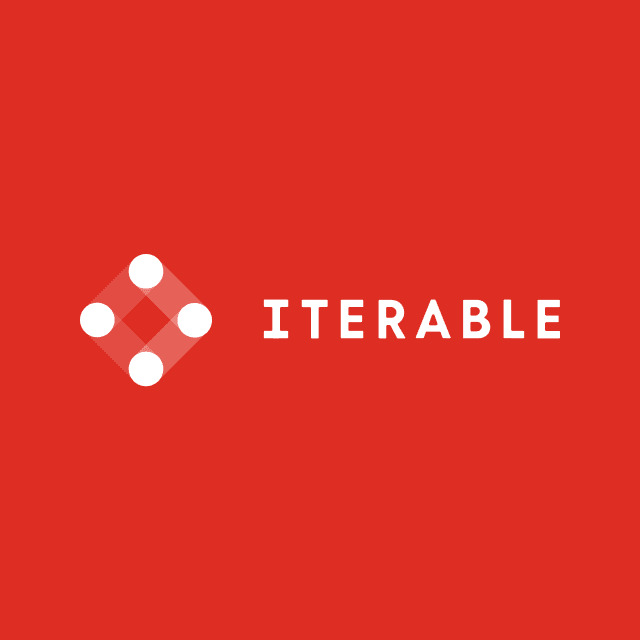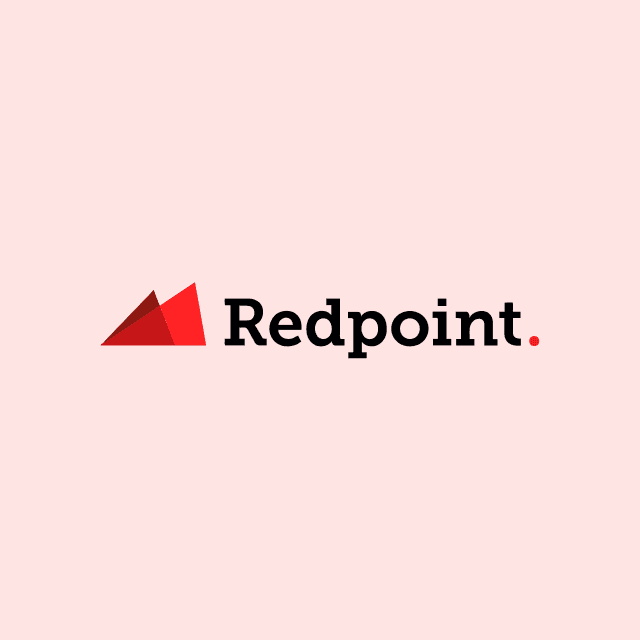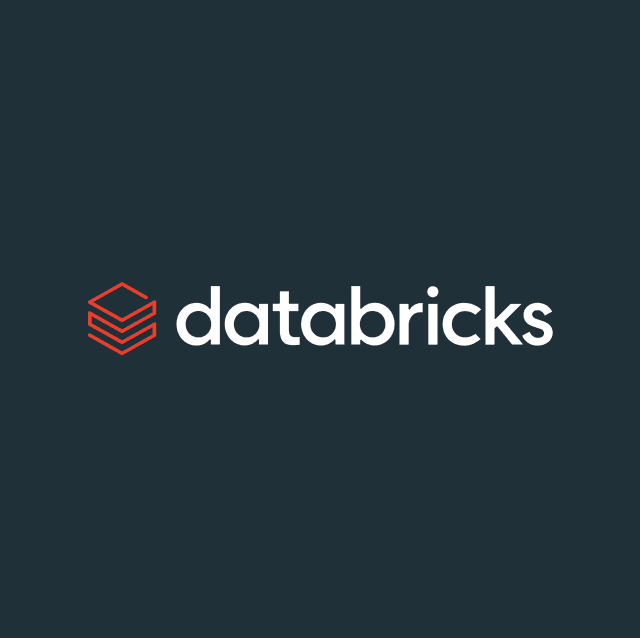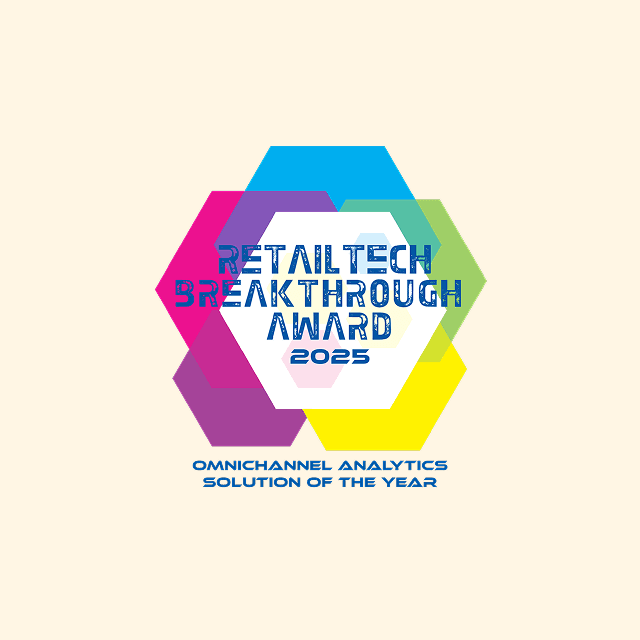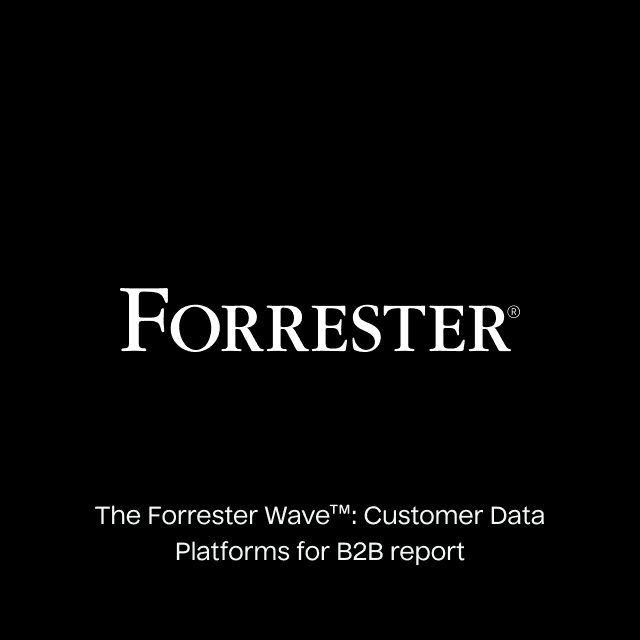Data doesn’t just magically appear exactly when and where you want it. There are multiple underlying factors that can impact your data flows, so it’s important to manage them correctly. Depending on your organization, your data maturity level might be simple or extremely complex.
This article will walk you through the different data lifecycle management stages and how to implement them to optimize your data stack.
What is Data Lifecycle Management?
Data lifecycle management is the process of monitoring and governing your data flows from where it is collected to when it’s used for analytics and activation.
Data lifecycle management is a comprehensive approach for managing your company’s data flows and architecture in your business environment. It helps you to scale, build-out, and manage your data stack so you can be confident that your data is flowing through your company and is reaching its end decision, where you can use it to provide value.
The Data Lifecycle Stages
There are seven stages of data lifecycle management, each dependent upon the last, so ensuring that you have a consistent flow of data throughout this process is vital to optimizing your data stack.
Data Collection
Data collection takes place at the source level, the initial point where data is created and collected. These initial points include SaaS tools, advertising platforms, server events, IoT devices, or web and mobile events. The entire goal of data collection is to ensure you are actively collecting the necessary information to provide insight into your business, so it’s important that the data you’re collecting is accurate and in the right format.
Data Ingestion
Data ingestion is the process of moving your data from your source system(s) to a centralized repository (usually a data warehouse or a data lake), so you can analyze it and consume it in an understandable way. When it comes to data ingestion, data engineers rely on two core processes: ETL and ELT.
Both processes focus on extracting and persisting data from your source to your end destination. ETL stands for extract, transform, and load, whereas ELT stands for extract, load, and transform. The core distinction between the two lies in the fact that with ETL, data transformation occurs en route (usually in a staging environment) before data ingestion. ELT data transformation occurs directly in your storage layer after loading your data.
Storage
Data storage is the resting place for the data collected from your sources. For most organizations, storage usually occurs in a data warehouse, a data lake, or a data lakehouse because these platforms offer flexibility when managing structured, semi-structured, and unstructured data.
The purpose of the data storage layer is to consolidate all of your various datasets into one centralized location so your data team can establish a single source of truth, eliminating the need to hop back and forth between systems to gather information.
Data Transformation and Modeling
Data transformation is the process of altering, formatting, cleaning, or restructuring your data to enhance its usefulness for specific business purposes. Data transformation aims to create data models and define key performance indicators (KPIs) to power informed decisions.
These KPIs can include anything from a data science model to predict which customers are at risk of churning, a recommendation system to recommend products and services to specific users based on their preferences, or even a list of users who abandoned their shopping carts in the last seven days.
Ultimately, your data models and transformation needs will vary drastically based on your business model. For example, you might care about product usage data if you’re a B2B SaaS company. If you’re a B2C company, you’ll likely emphasize a customer’s last purchase.
Analytics
There’s no point in collecting and transforming data if you’re not going to leverage it to drive decision-making. The analytics layer focuses on taking the rich insights in your warehouse and persisting that data to a reporting tool, so your internal stakeholders can visualize it and better understand it.
The entire purpose of the analytics layer is to make your data consumable in an easy-to-read format so you can measure KPIs and monitor the overall health of your company and its trajectory.
Data Activation
Data activation is the process of taking the rich insights living in your data warehouse and syncing that data back into the downstream tools of your business teams so they can drive outcomes that move the needle forward.
For most organizations, there is a gap between your data teams and your business teams because your data teams act as the gatekeepers when it comes to data. Your non-technical users want access to the rich customer data in your warehouse to build personalized experiences for your customers. Data activation eliminates this problem by putting your data directly into the hands of your business users in the tools they use daily, eliminating ad-hoc data requests.
Data Monitoring
Data monitoring is an ongoing process of tracking the health and state of your data throughout all of the data lifecycle stages. Its major goal is to prevent data downtime by identifying, resolving, and preventing any data-related issues as soon as they occur.
Data observability is another term closely related to data monitoring. Data observability helps to give you a 360-degree view of your data ecosystem and uses automation to allow you to monitor, detect changes, and show the lineage of your data. Being alerted of any issues as soon as they arise helps you remedy the problem to avoid data downtime.
Benefits of Data Lifecycle Management
With data being the lifeblood of your business, a lack of management can leave you with incorrect or inaccessible data. That’s why ensuring your business performs data lifecycle management is so important. Here are some benefits of data lifecycle management:
- Improved data quality: Data lifecycle management helps improve data quality as at all stages of the lifecycle, there are clear processes to follow and more focus on ensuring everything is running correctly.
- Single source of truth: Data lifecycle management ensures you have one location where your data is stored, so you can be confident that data is the same across your company, no matter where it ends up or who uses it.
- Security: Important security jobs get done when needed because each stage has a dedicated person to manage it. Situations like not revoking access to someone who has left the business aren’t forgotten about or delayed. With different stages contained in different tools, it helps to mitigate risk, as if there is a breach in a single tool, it doesn’t impact the entire ecosystem.
- Costs: Regular management of the data lifecycle can reduce costs. It could be removing data sources or syncs that are no longer needed. Reviewing each data lifecycle stage can show you what is no longer in use and can be stopped to reduce computing and storage costs.
- Governance and compliance: Depending on the industry you are in, you have a set of rules and policy regulations to be in accordance with. Data lifecycle management lets you be confident that data is handled efficiently and securely, ensuring you comply with data laws and regulations and your organization’s overall data protection strategy.
- Improved decision-making: Data lifecycle management helps keep your data organized, maintained, and easy to access when required. Accessing this data faster means that decisions can be made with practically live data that’s up-to-date.
Data Lifecycle Management Best Practices
Regardless of the stage of the data lifecycle, there are a number of best practices that should be kept in mind that are advisable to follow.
- Roles and permissions: Data security should always be a priority. Managing the roles and permissions is key to maintaining healthy data security. Users should have minimal permissions required to do their role. And if someone leaves the company, their accounts should be shut down immediately.
- Training: Training should be a never-ending process. Each stage of the data lifecycle has different tooling. And will launch new features in the future. Not knowing how to properly use these tools can mean you may not be using them effectively.
- Standardization: It’s important that processes and procedures are well documented so people can follow them. Doing so will help standardize the management of the data lifecycle and means that data is consistent across all the company.
- Best-in-breed tools: Thinking about the architecture of your data lifecycle is important. Taking a Composable CDP approach where you can select the best-in-breed tools helps to break down your data flow into various stages and provides you with the best tooling for each stage.
- Governance: Having your data flows broken down into various components makes it easier for you to maintain end-to-end visibility, as you know exactly what tool you need to go to if you are looking for something specific.
- Monitor and audit data usage: A part of data lifecycle management is monitoring and auditing data. It can help to see if data is being misused and driving up compute costs in the warehouse and helps to ensure people are following the policies and procedures that have been established.
- Continuously review and update data lifecycle management processes: Data lifecycle management isn’t something that happens once. It should be regularly reviewed and updated as business needs, technology, and regulatory requirements change.
Final Thoughts
Data lifecycle management is an important part of any data strategy because it gives you granular control over every part of your data stack – from collection, storage, transformation, analytics, and activation.
Breaking each component of your data stack into its own independent layer removes single failure points so that you can efficiently interchange components in your architecture as needed with relatively low amounts of friction. Ultimately, all architectures will be different. However, the data life cycle management framework is relevant at any scale when managing your data.






